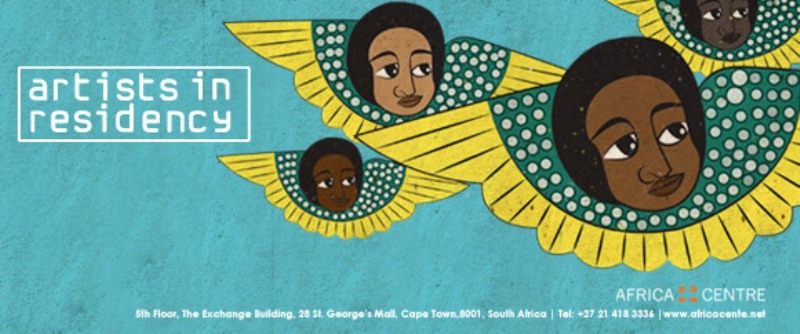By Bamuturaki Musinguzi
Published May 30, 2012
 For ‘investors’ who benefit from irregularly allocated urban land, including parks and gardens all in the name of generating ‘development ‘, creating jobs and growing the economy, a new book on gardening may give them an opportunity to appreciate the value of green public spaces in an urban setting.
For ‘investors’ who benefit from irregularly allocated urban land, including parks and gardens all in the name of generating ‘development ‘, creating jobs and growing the economy, a new book on gardening may give them an opportunity to appreciate the value of green public spaces in an urban setting.
The book, Simply Paradise: Tropical Gardening Plants, is a colourful descriptive guide providing expert information on tropical gardening plants to both novice and experienced gardeners in the tropical region in general but East Africa in particular.
Written by Winifred Rukidi, a professional gardener and landscaping consultant who has for more than 15 years enjoyed the gift of transforming ordinary gardens into paradises in both commercial and residential areas, the book guides you on how to identify and grow plants.
Rukidi, who has designed the gardens of Protea Hotel in Kampala, has over the last 10 years been writing a weekly gardening column in the Saturday Vision newspaper, something that has led her into writing this book.
Each of the 250 pages comes with the beauty of flowers, plants and gardens. With more than 400 colour pictures, the author brings nature closer to the reader without necessarily having the latter stroll through a garden. She illustrates and explains each flower and plant in detail, and the best environment to grow each of them.
Each picture is identified by the scientific, common and family name. Information on plant habit, growth rate, soil, water and sunshine requirement is provided. Of course advice on garden planning and placing of the plants is also given. “Medicinal use of parts of the plants is mentioned, but caution should be taken, since most are not scientifically proven,” she warns.
RELATED: Book on Publicity Posters Whets Appetite for Egyptian Cinema
Divided in eleven chapters the contents cover trees, palms, shrubs, climbers, ground covers, grasses, flower bed plants, water plants, orchids and star performers that can successfully grow in the tropics.

According to Rukidi, gardening is an activity which involves the art and skill of growing plants in a designated place like one’s residence, public places such as parks, and botanical gardens.
The garden at times may not be restricted to the ground but could be in containers, on window sills, in hanging baskets, on rooftops or patios. Water gardening covers water loving plants, creating ponds, or gardening in bog areas.
Gardening constitutes landscaping a piece of land into reasonable contours before planting. There are other aspects that come with landscaping, such as installing pavers, steps, retaining walls and fences.
Before you create your garden, Rukidi says you first have to know your needs and those of your family. Think of how you wish to use your garden. Do you want to have a big lawn for you to relax and entertain? Is the garden to be used by small children riding bicycles? Do you wish to grow herbs and vegetables, as well as flowers?
“The lifestyle will also be a determining factor of what to put in the garden. For example, those interested in entertaining will find that a barbecue area is necessary. An outside dining room on a raised wooden deck might be another option. A swimming pool with an area for parasols and decking chairs maybe another idea,” she writes.
RELATED: Here is How to Write on 1001 Subjects!
“Apart from your needs you must not ignore the architectural styles of your house, office block or school lay out. Most common in East Africa is the bungalow style, which is presented in a one-storey frame house with a covered veranda on one or more sides,” she adds.
She writes that institutions such as schools, colleges and universities have a formal temperament, which must be reflected in the design of the grounds and in the style of planting. The design will take into account the numerous needs, which include structures such as pathways, car parks, swimming pools, and tennis courts.




